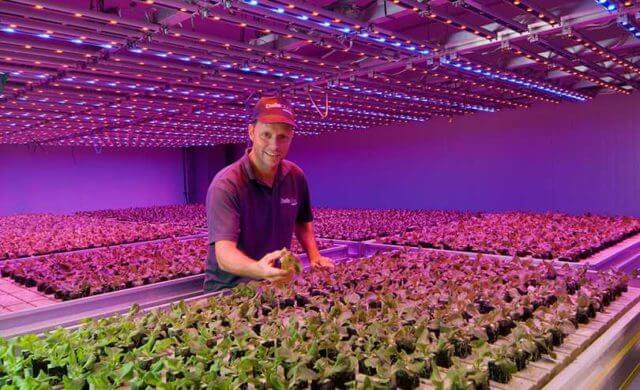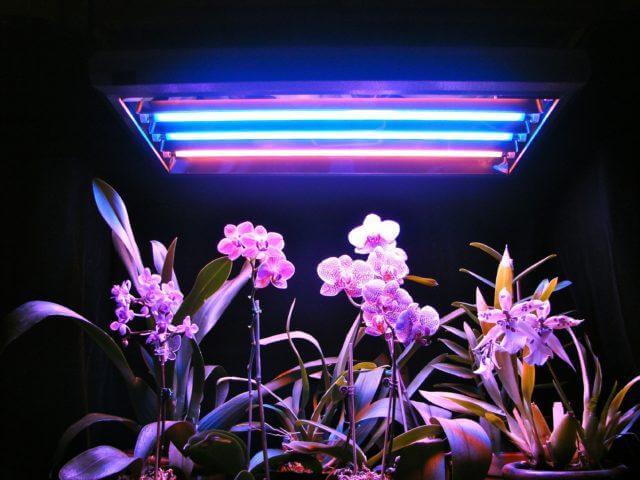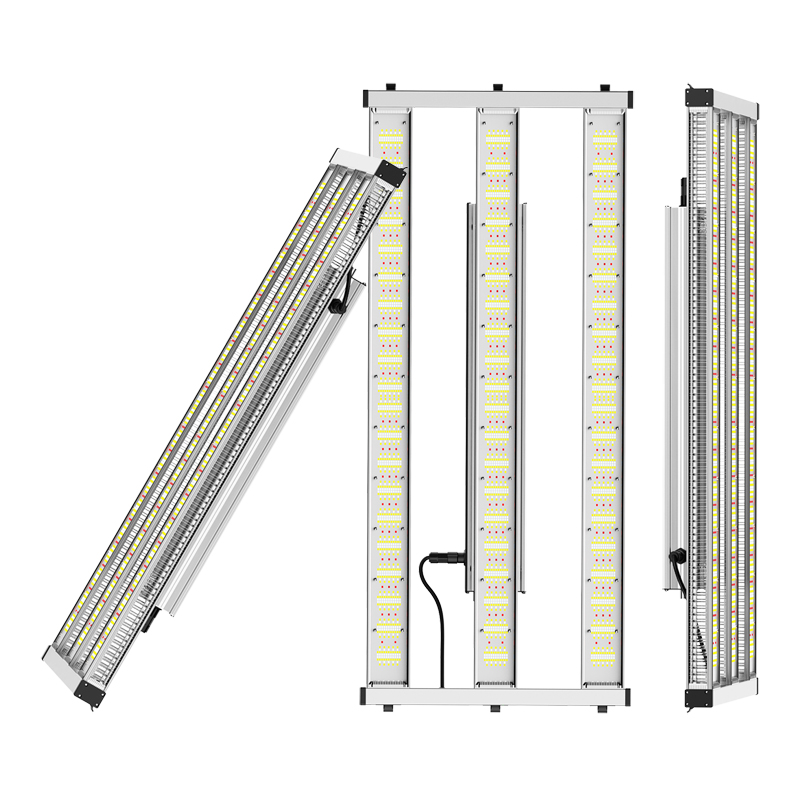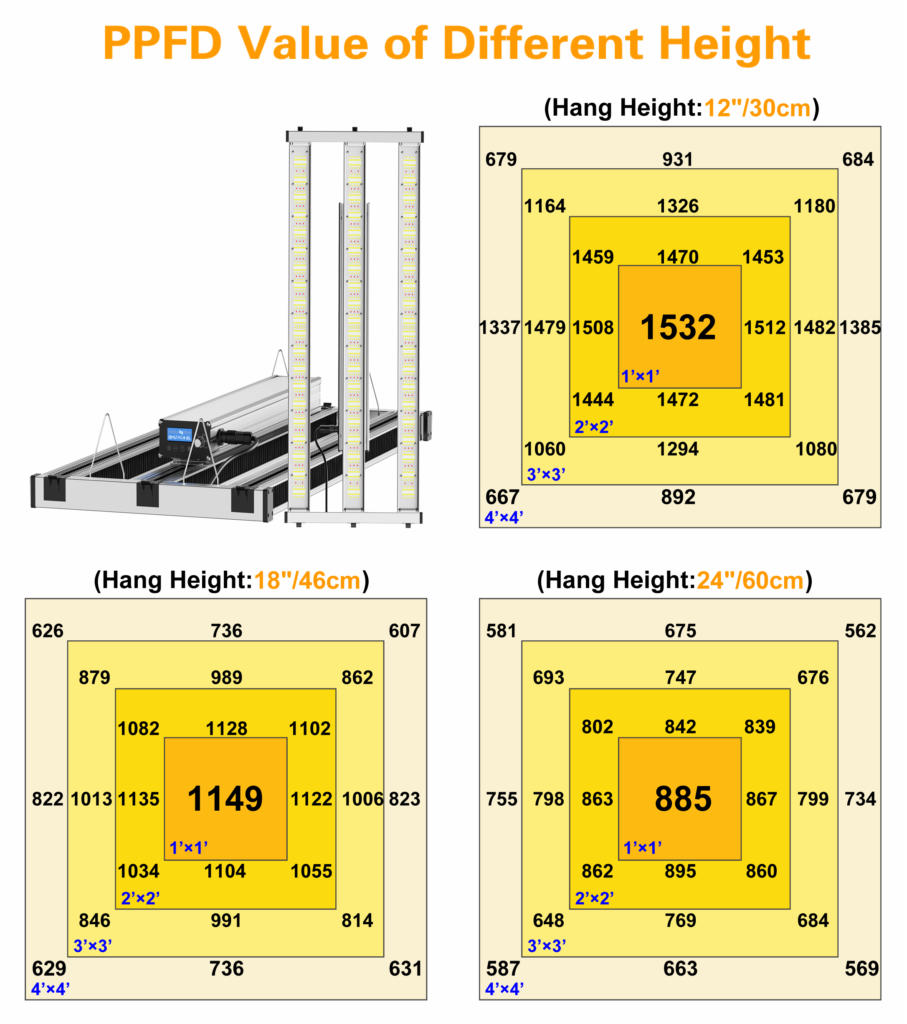Lovers of greenery on the windowsill, summer residents who grow seedlings in spring, are faced with the problem of a lack of lighting in the cold season. Extra lighting helps support plants to grow healthy. The best source for this is a phytolamp.

Selection of phytolamp spectrum
With a lack of natural light, the plants are unnecessarily stretched, thinner, they do not have enough strength to form an ovary and abundant greenery. But not all artificial lighting is equally absorbed by the seedlings. The emission spectrum of a conventional incandescent lamp is predominantly in the infrared range. Moreover, most of the energy goes to heat generation.
Unlike conventional illumination, phyto-lamps for plants emit waves of the length that is most suitable for consumption by agricultural crops and do not overheat them. Radiation for seedlings, at which accelerated growth of green mass and correct photosynthesis is achieved, are in the red and blue visible spectrum of waves.
In some models of lamps, it is possible to adjust the ratio of radiation and turn off unnecessary backlighting elements.
The most productive wavelength is considered on average:
- for the red spectrum 635 nm;
- for blue – 450 nm.
If the data of the peaks on the spectrogram do not coincide with the optimal length by more than 10 nm, then such a lamp will be ineffective.
To stimulate flowering, an LED phytolamp with intense illumination in the red range is recommended for 1–1.5 hours twice a day. The blue color stimulates the growth of green mass more.
If the seedlings are located on a windowsill or shelves, then a linear lamp is needed. In a greenhouse with a standard (parallel) planting of plants, tubular phytolamps are also suitable.
In addition to the shape of phytolamps, they differ in radiation sources, there are:
Fluorescent phytolamps. They do not heat up, therefore they do not burn the seedlings, even when the lamp is located close. They are energy-saving and allow you to adjust the color of the irradiation. Disadvantages include the annoying purple light that constantly illuminates the room. But, if this does not irritate you, then you can safely use a fluorescent lamp for seedlings.
LED phytolamps. They have a service life of up to 60,000 hours. They consume little electricity during operation. They are installed in a standard holder of any luminaire and do not require an additional device. When using LED phytolamps, you can adjust the irradiation power.
Sodium phytolamps. They are very bright and can be harmful to eyes and dazzle when installed in living rooms. Therefore, they are installed in greenhouses and greenhouses to maintain the ripening of vegetables and berries. When working, they heat up strongly, so you need to position them correctly relative to the plants. Sodium lamps require special disposal, since they contain substances hazardous to humans.
In case of strong heating, do not touch the emitter, otherwise you can get serious burns.

Calculation of power for phytolamps
The lamp power is measured in watts. When buying phytolamps with LEDs on the packaging, the manufacturer indicates the maximum power of one diode. In fact, during normal operation of the elements, they produce half of the maximum value. To calculate the actual power of the luminaire, we use the formula: Mf = Kc x Mn / 2, where:
Mf is the actual power.
Kc is the number of LEDs.
Mn – nominal power (maximum, indicated by the manufacturer).
Suspension height of the phyto-luminaire
In phytolamps with diode lighting elements, the total radiation coverage radius is 110–130˚. In this case, the most productive dispersion is considered to be within a radius of 70–90˚. If the lamp is placed too high from the plants, it will illuminate them, but the efficiency around the periphery will be significantly lower, on average, 1.5–2 times.
It is optimal to place the lamp at a height of 20-25 cm from the highest point of the seedling crown during the formation of the root system. For plants during flowering or ripening: 25–30 cm from the top of the seedling.
Each plant species has its own illumination period. Do not use the lamp around the clock. Plants need periodic cyclic darkening.
Vegetable crops (tomatoes, peppers, zucchini) require 9–12 hours of irradiation. Greens and young seedlings – 7-10 hours. Root vegetables – 10-13 hours.





